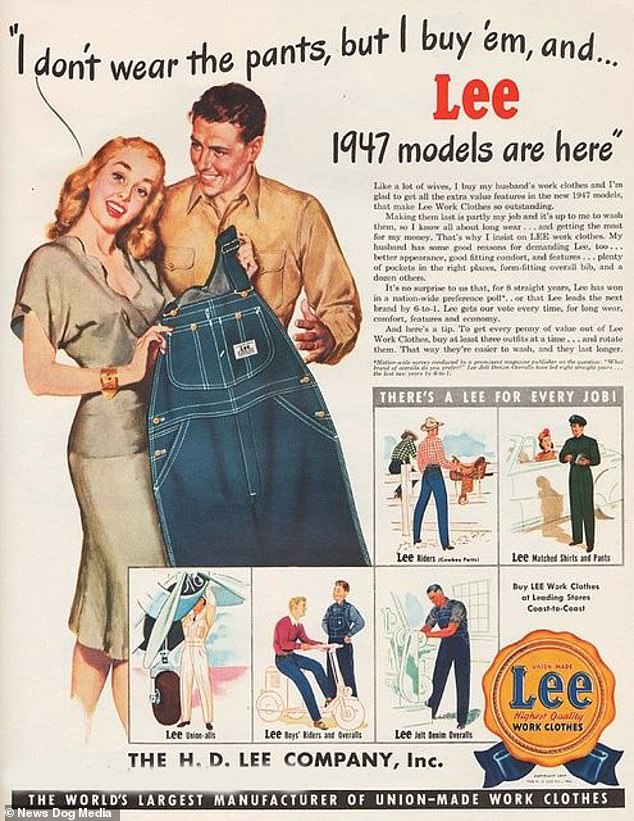But WWII changed all that...














Jared Kushner has a net worth of almost $324 million. But it appears that he paid little or no federal income taxes from 2009 to 2016, according to a review of confidential financial documents obtained by NYT. https://t.co/pMQDeCeDNq
— Kyle Griffin (@kylegriffin1) October 13, 2018
One of the oddest features of the Labour tax row is how raising allowances, which the media allowed the LDs to describe as progressive (in spite of evidence to contrary) through the coalition years, is now seen by everyone as very right wing
— Tom Clark (@prospect_clark) November 2, 2018
Next level tactic when closing a sale, candidate, or investment:
— Erik Torenberg (@eriktorenberg) February 27, 2018
Ask: \u201cWhat needs to be true for you to be all in?\u201d
You'll usually get an explicit answer that you might not get otherwise. It also holds them accountable once the thing they need becomes true.